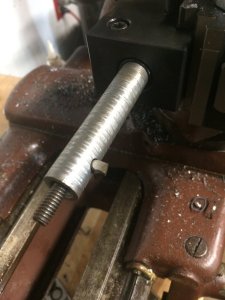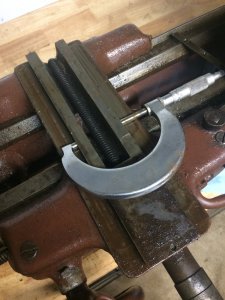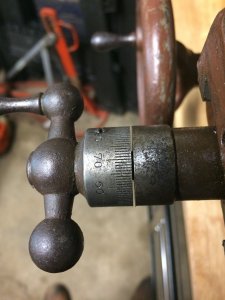I'll look around and see what I can find to recommend, I think most of the old Army and Navy texts are free online, and after spending 16 years in the Army, I can tell you they assume you know NOTHING!I was hoping you were a teacher honestly, although that is still very interesting. I went to vocational school for welding, and I reference the textbooks occasionally. I was hoping that you could recommend some machining textbooks.
You might think about drilling and tapping a hole for a belt clip from a cheap tape measure. On the facing, it looks like chatter. You may need to adjust the gibs on the cross slide and compound. Or possibly play around with how fast you feed it across. Too slow can be as bad as too fast!



